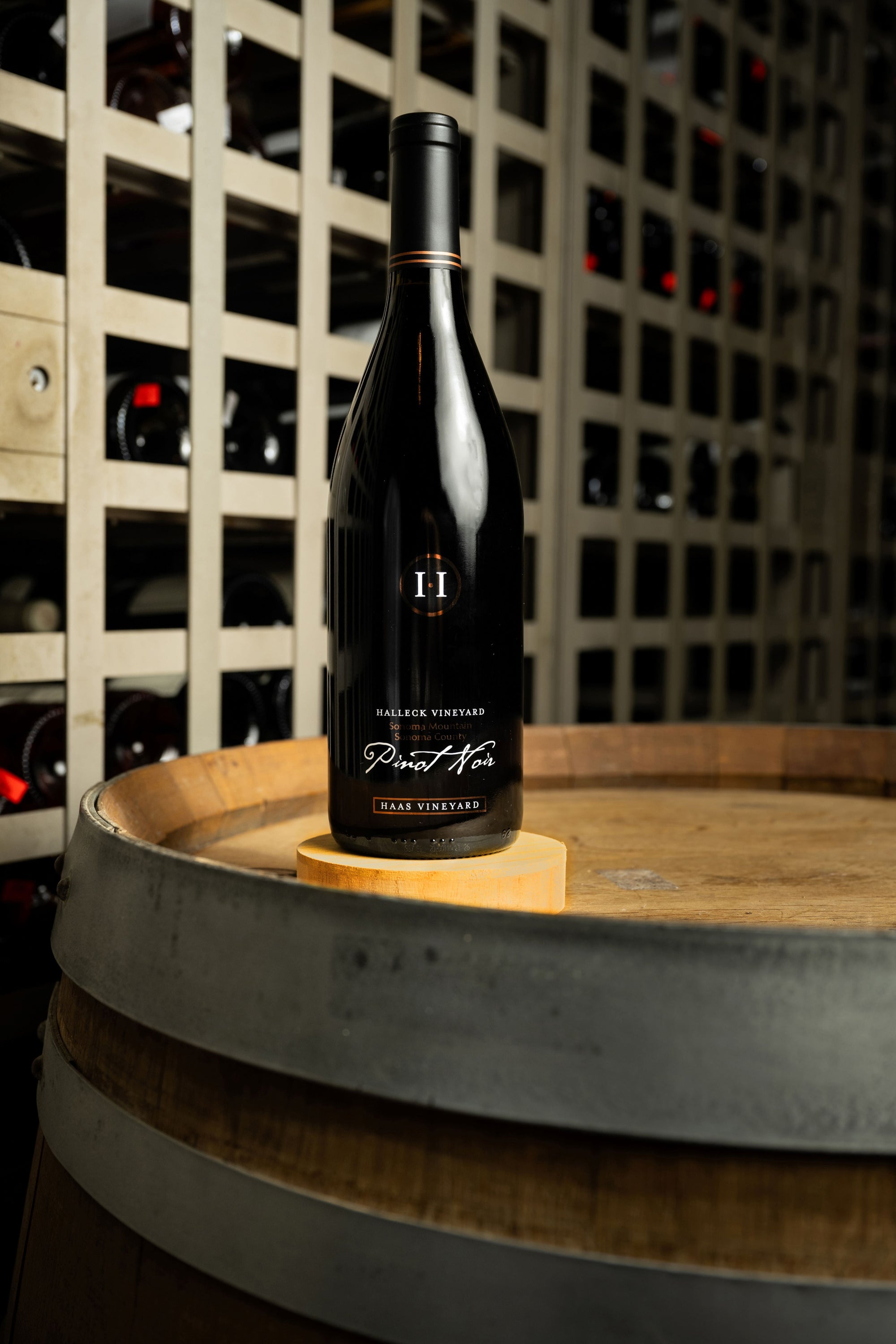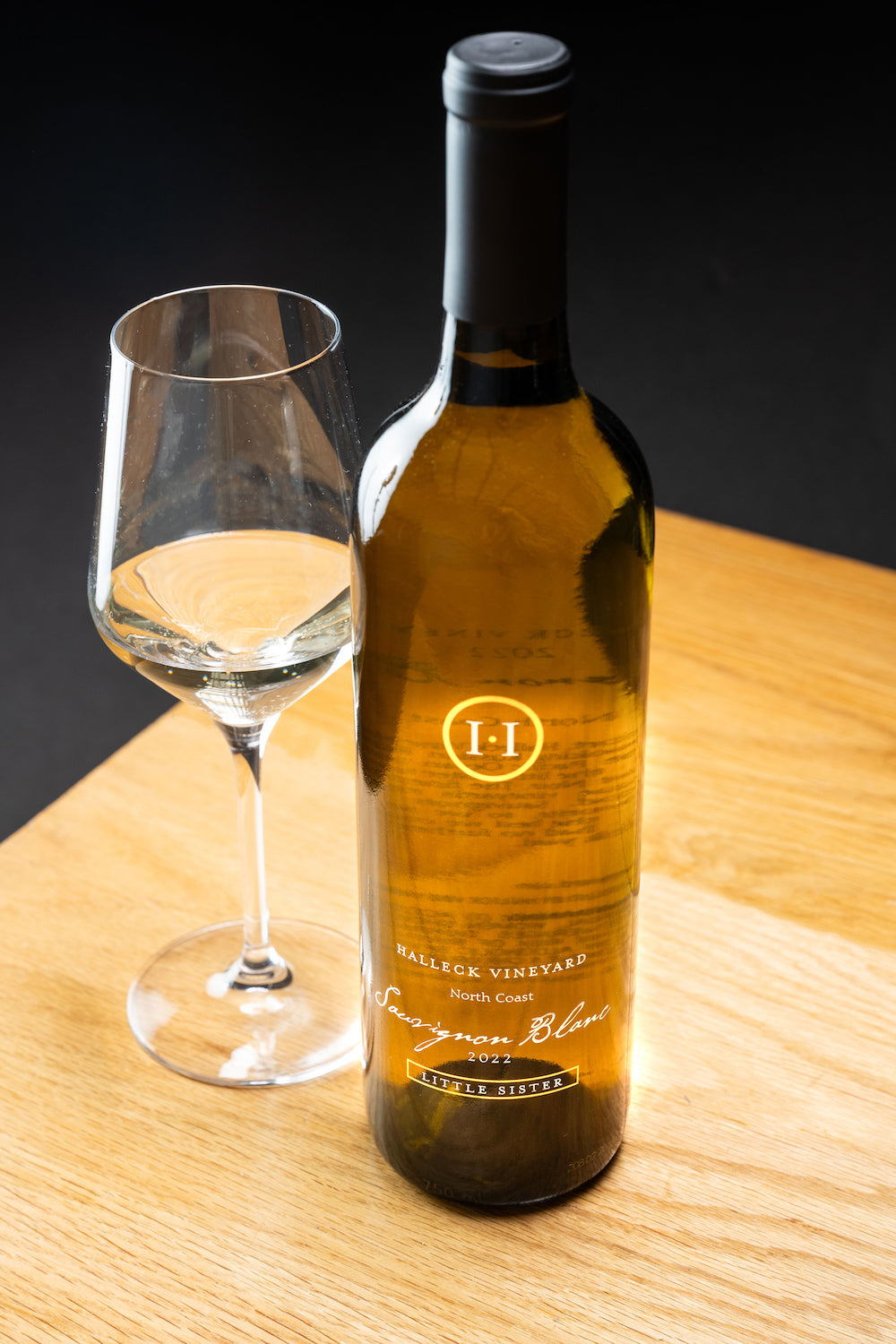Good Wineries For Large Groups In Sonoma Valley - Wine Tasting Experiences In Sebastopol
Good Wineries For Large Groups In Sonoma Valley - Wine Tasting Experiences In Sebastopol
Blog Article
Local Favorite Wineries In Sonoma - Sebastopol Vineyard Visits
Wine tasting is an art that mixes sensory experience with an appreciation for the nuances of various varietals. How to evaluate flavors in winery wine tasting classes is pivotal to grasping the complexities of wine.
Participating in a wine tasting includes more than merely sipping and savoring. It requires a centered approach to establish aromas and flavors that every wine presents. As you begin, observe the wine's appearance, noting its color and clarity. These visible cues often recommend a wine’s age, grape variety, and even potential flavor profiles.
The next step within the tasting process is to swirl the wine in your glass. This action releases fragrant compounds which are very important for evaluation. Lean in and take a moment to inhale deeply; the aromas can vary from floral and fruity to spicy and earthy. The nose of the wine is simply as essential as the palate, and recognizing scents plays a big role in understanding the overall experience.
When taking your first sip, enable the wine to maneuver throughout your palate - Wineries With Unique Wine Blends. Notice the initial flavors that current themselves. Is the wine fruity, floral, or maybe herbaceous? This initial style gives perception into what the wine is more likely to specific as you proceed to judge it. The mouthfeel additionally contributes to the general flavor experience; it might be silky, tannic, and even effervescent.
Wineries Known For Sustainable Practices In Sonoma - Wine Tasting Activities In Sebastopol
As you continue tasting, take note of the wine’s steadiness. A well-balanced wine will harmonize acidity, sweetness, and tannins. If one element overwhelms the others, it'd point out a much less fascinating quality. Evaluating stability might help you identify how nicely the wine may pair with food.
Transitioning to the finish, consider how the flavors evolve as the wine lingers in your palate. A lengthy, pleasant end can indicate a high-quality wine, while a brief or abrupt finish may suggest in any other case. Replicate on whether the flavors remain consistent or if new notes emerge as the wine settles. This progression can reveal complexities and intricacies that might not have been obvious in the initial tasting.
Temperature can additionally be an important factor in evaluating wine flavors. Different types of wine are optimally enjoyed at particular temperatures. White wines often shine when chilled, while purple wines usually carry out finest at room temperature. When tasting, ensure the wine is on the acceptable temperature to fully respect its character.
Unique Wine And Food Pairings In Sonoma - Best Wineries For Wine Tasting Sonoma Area
Pairing food with wine can tremendously enhance the tasting experience. Foods can influence the notion of flavors in wine, either highlighting sure characteristics or diminishing them. When evaluating flavors, think about how the wine interacts with totally different meals, noticing which flavors are amplified or muted (Wineries Specializing In Sparkling Wines).
Contemplate the affect of terroir as you have interaction in a winery tasting. Terroir encompasses the distinctive environmental components that have an effect on grape growing, together with soil composition, climate, and geography. Understanding a wine's terroir can provide perception into its flavors and aromas, fostering a deeper appreciation for the alternatives made during its cultivation and production.
Training plays a fundamental function in enhancing one's ability to gauge wine flavors. Learning about grape varieties, wine regions, and production strategies can pave the way for more knowledgeable judgments during tastings. Additionally, attending workshops or classes can refine sensory skills and increase your flavor vocabulary, enabling you to articulate tasting notes extra effectively.

Lastly, it's important click to read more to do not neglect that evaluating wine flavors is a extremely personal experience. Individual preferences and perceptions will invariably shape one’s tasting journey. Enjoyment ought to be on the forefront, with the analysis course of performing as a tool to reinforce understanding and appreciation quite than create inflexible pointers.
Unique Wine And Food Pairings In Sonoma - Tasting Rooms In Sebastopol
In conclusion, mastering tips on how to evaluate flavors in winery wine tasting sessions entails a combination of sensory engagement, information, and practice. By studying to identify aromas, assess the balance, and respect the intricacies of flavor, wine enthusiasts can deepen their connection to every bottle they encounter. As with any art type, the more one immerses themselves in the experience, the extra they will discover and benefit from the huge world of wine.
- Start by observing the wine's colour and clarity, as these visible elements can trace at its flavor profile and getting older potential.
- Swirl the wine gently in your glass; this releases fragrant compounds, allowing you to raised establish the complicated scents related to the wine.
- Take a deep inhale earlier than tasting, focusing on each major and secondary aromas to gather insights on fruits, spices, and other nuances.
- When tasting, allow the wine to coat your palate; note the initial flavors, the mid-palate complexity, and the finish as these levels can provide different flavor highlights.
- Pay consideration to texture and mouthfeel, as aspects similar to tannin levels, acidity, and sweetness contribute significantly to the general tasting experience.
- Examine flavors in opposition to normal wine characteristics; for pink wines, consider berry notes, oak affect, and natural tones, whereas whites might embody citrus, stone fruits, and floral hints.
- Take notes through the tasting session to track your impressions, serving to you to remember and consider the different wines sampled.
- Discuss your findings with fellow tasters or winery employees, as sharing insights can enhance understanding and appreciation of individual flavors.
- Enable time for the wine to breathe; sometimes, flavors evolve and reveal new dimensions after being uncovered to air.
- Experiment with food pairings during the tasting as they can dramatically alter how flavors are perceived, influencing total enjoyment.undefinedWhat should I search for when evaluating the aroma of wine during a tasting?
Start by swirling the wine in your glass to release its aromas. Convey the glass to your nose and take a deep breath. Pay consideration to the first scents you detect, as these are sometimes the most prominent. Look for fruit, floral, herbal, or earthy notes and try to establish specific characteristics, which will deepen your understanding of the wine's complexity.
Wineries With Estate-Grown Grapes - Luxury Wine Tasting In Sonoma County

How can I distinguish between completely different flavor profiles in wine?
Understand that flavor profiles are often categorized as fruit, floral, herbaceous, spicy, or mineral. Take small sips and permit the wine to coat your palate. Discover the primary flavors that emerge first and the refined notes that comply with. This layering is essential in distinguishing the wine's resource traits and can assist you to recognize its distinctive profile.
Quaint Wineries In Picturesque Settings In Sebastopol - Sonoma's Finest Wineries
What is the significance of the wine's texture in a tasting?
The texture of the wine, also referred to as mouthfeel, performs a vital role in how we perceive flavors. Pay consideration to whether the wine feels easy, creamy, or gritty. The body of the wine (light, medium, or full) can enhance or contrast with flavors, providing a extra rounded experience during tasting.
How do I assess the balance of flavors in wine?
Balance in wine refers to the harmony between acidity, sweetness, tannin, and alcohol. Take a moment to assess whether these elements complement or interfere with one another. A well-balanced wine will have none of its components overpowering the others, creating a nice tasting experience.
Remarkable Craft Wineries In Sebastopol - Wineries To Visit
What function does temperature play in evaluating wine flavors?
Temperature can considerably influence the notion of flavors. Generally, purple wines are greatest served slightly below room temperature, whereas white wines benefit from being chilled. As the temperature modifications, the aromas and flavors can shift, permitting you to perceive totally different traits. It’s essential to style wine at its optimum temperature for true evaluation.
Wineries Offering Virtual Wine Tastings - Unique Wine Tasting Experiences In Sebastopol
How can I enhance my tasting skills over time?
Practice is vital to enhancing your tasting skills. Wineries Known For Handcrafted Wines. Attend tastings, maintain a journal of your experiences, and explore different varieties of wines to broaden your palate. Moreover, studying about wine production and grape varieties can present context that enhances your evaluation process, making you a extra informed taster.
Is there a selected order in which I ought to style the wines?
Innovative Wine-Making Techniques In Sonoma Valley - Wine Tours And Tastings In Sebastopol
Sure, it’s advisable to style wines from light to full-bodied and dry to candy. This progression prevents the stronger flavors from overshadowing the extra delicate ones, allowing you to completely respect every wine's traits and nuances without palate fatigue.
How can I consider the aftertaste of wine?
Wineries Known For Their Hospitality - Wine Tasting And Vineyard Tours In Sonoma
The aftertaste, or end, is a vital facet of the wine-tasting experience. After swallowing, take note of how long the flavors linger on your palate and whether or not they change. A lengthy, pleasant finish is usually an indicator of a high-quality wine, whereas a brief or unpleasant end could suggest in any other case.
Why is it essential to note the wine’s acidity throughout tasting?
Acidity contributes to the overall freshness and construction of the wine. Pay consideration to the tingling sensation on your tongue; larger acidity can improve the wine's liveliness and balance out sweetness. Noting acidity helps determine the wine's versatility with food and its growing older potential.
What ought to I do if I battle to determine specific flavors in wine?
Quaint Wineries In Picturesque Settings In Sebastopol - Best Winery Located In Sonoma
Struggling to determine flavors is common, especially for beginners. Focus on broader categories and describe what you can recognize, similar to candy or earthy notes. With practice, studying about completely different flavor profiles, and maybe using flavor wheels, you will refine your senses and develop a more nuanced approach to tasting. Report this page